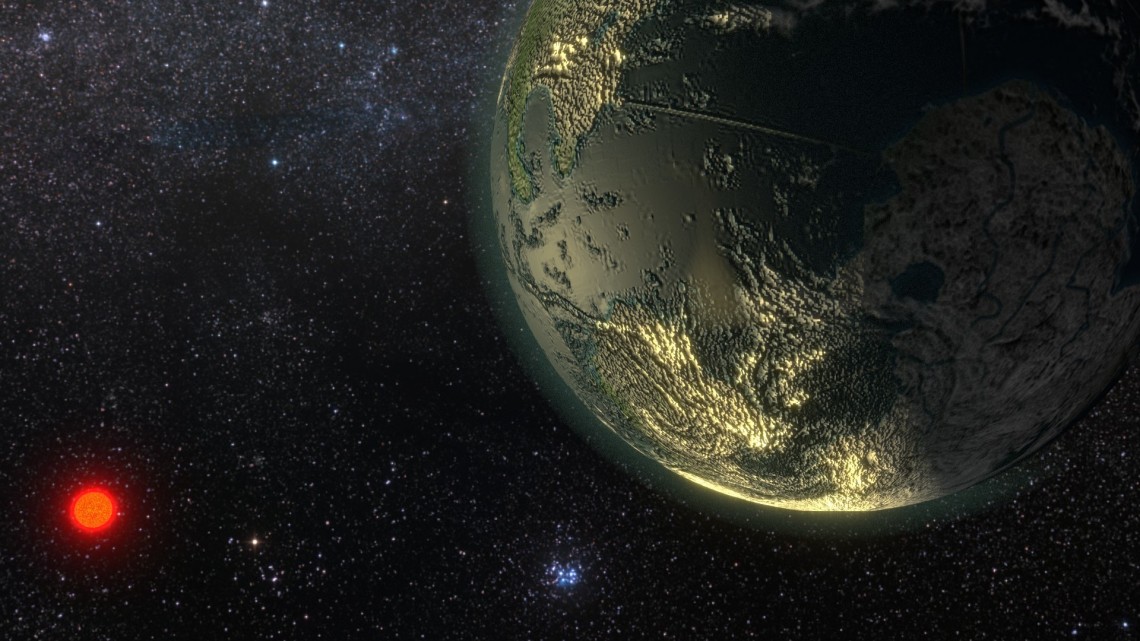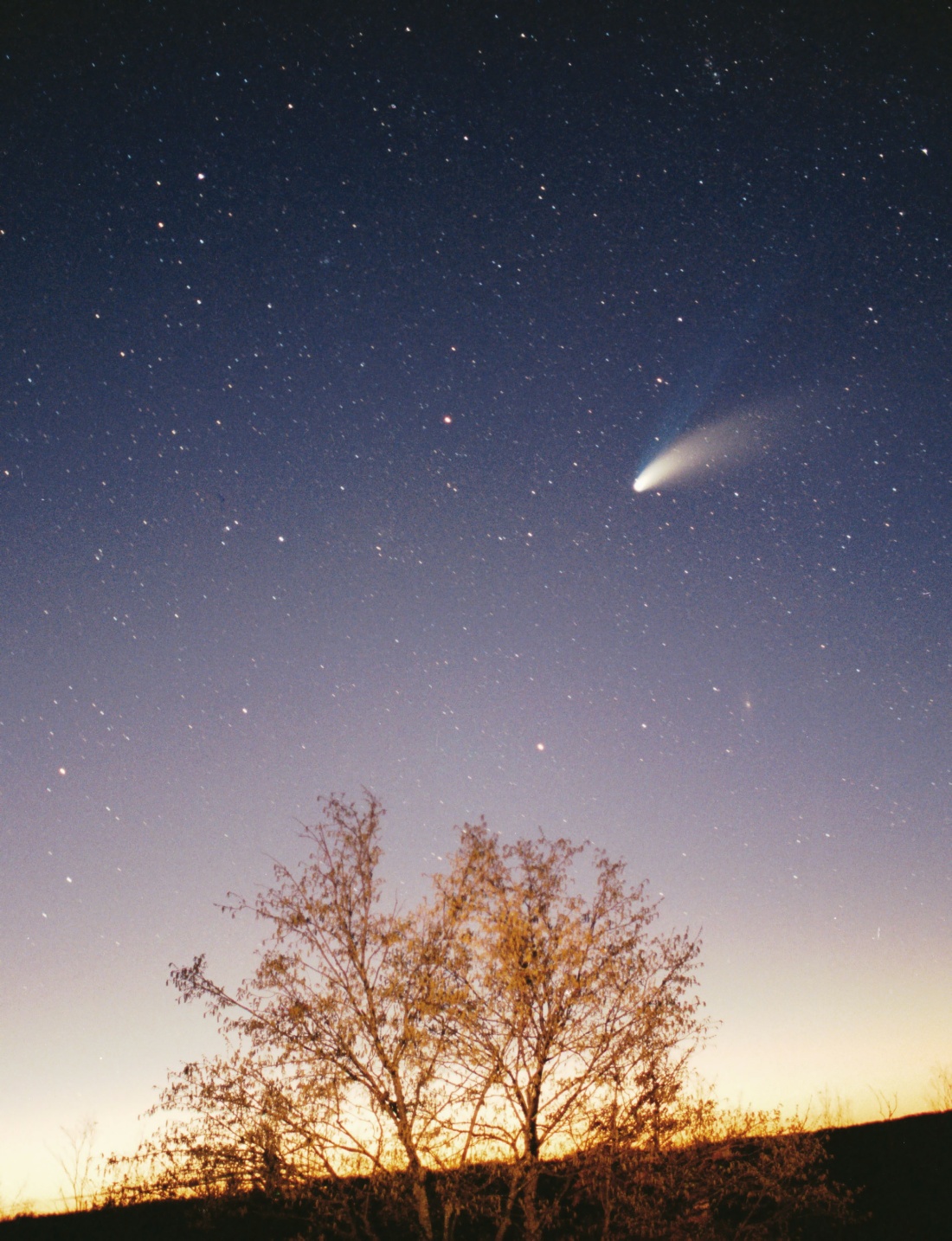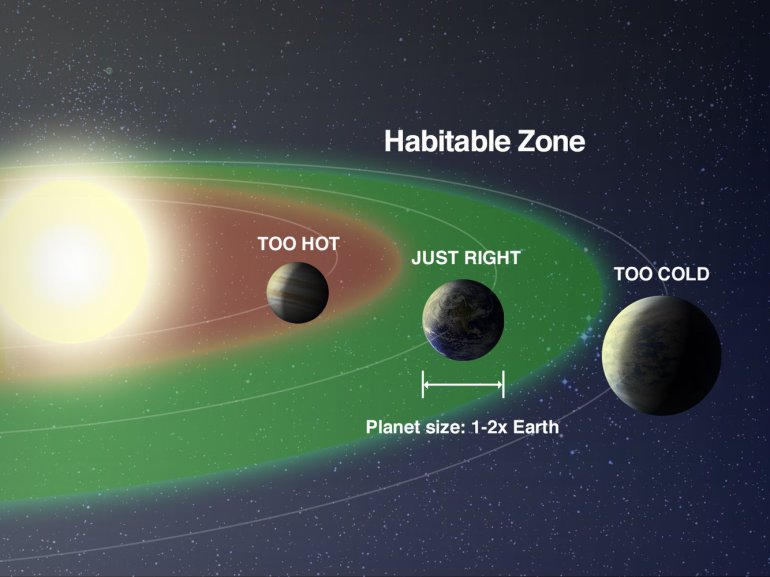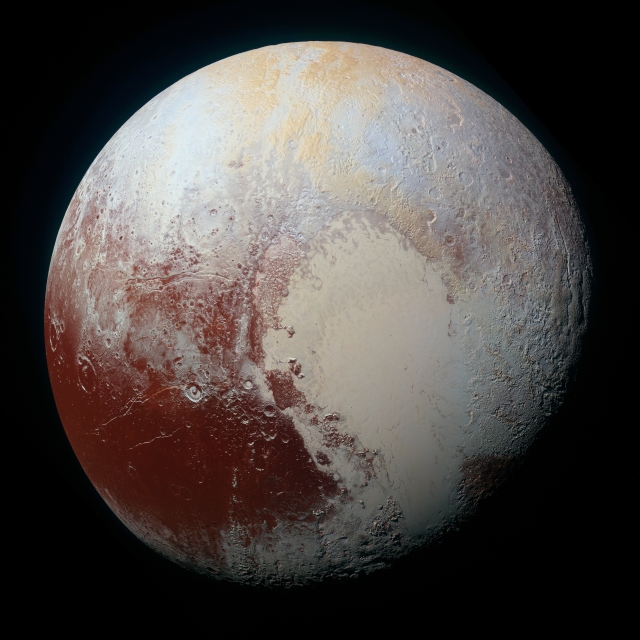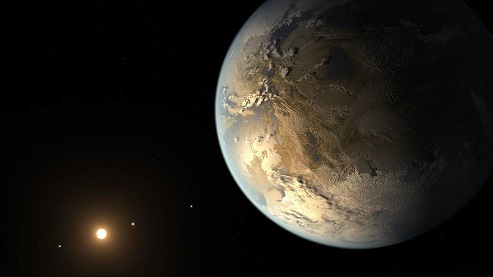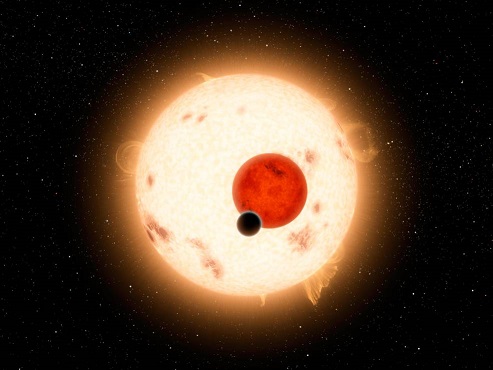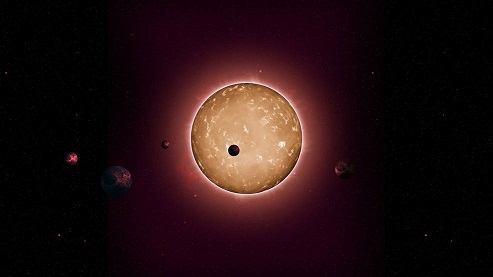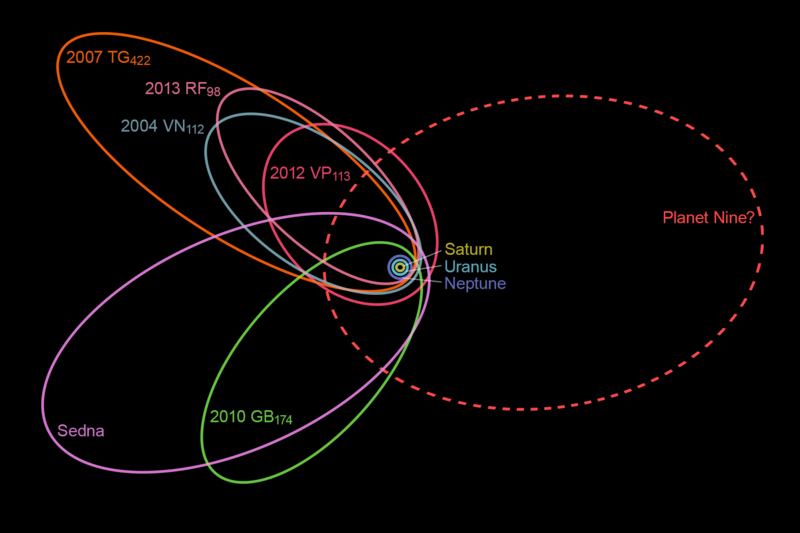
In January of 2016, some scientists suggested that our Solar System may yet again be comprised of nine planets, but how did they come to this conclusion? Well, scientists observed that way out in our outer solar system, some Kuiper Belt objects had unusual orbits that were similar to each other. This suggests that these objects are being affected by a massive object, which led scientists to suspect that there may be another planet out there in our solar system. Scientists (creatively) named this potential planet, Planet Nine.
Okay, so we may have another planet in our solar system, but how do we know it’s not another dwarf planet like Pluto? According to scientists, the fact that many Kuiper Belt object have similar orbits suggests there is a potentially massive planet that is ten times more massive than and four times as large as Earth. Scientists ruled out that the Kuiper Belt objects’ orbit could be affected by our solar system’s gas giant planets due to the fact that they too so far away, which means the answer behind these unusual orbits may be that there is a new planet that is massive enough to affect these Kuiper Belt objects.
So the planet, if it exists is most likely not a dwarf planet. What type of planet would it be? Although it is impossible to definitively state the composition and classification of this hypothetical planet, some scientists from Switzerland conducted a study in which they determined that Planet Nine would be a cold, ice giant planet smaller than Uranus or Neptune, but the planet would also still have some internal heat, which could still be escaping through the surface. Additionally, these scientists determined that the planet’s atmosphere is mostly comprised of hydrogen and helium.
Although nothing has been definitively determined yet, it will be fascinating to see if this planet exists and if it does, what it’s characteristics would be.

